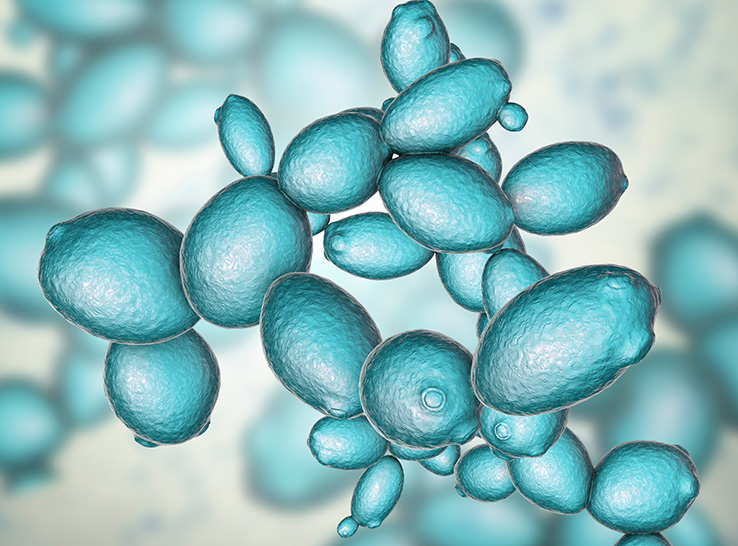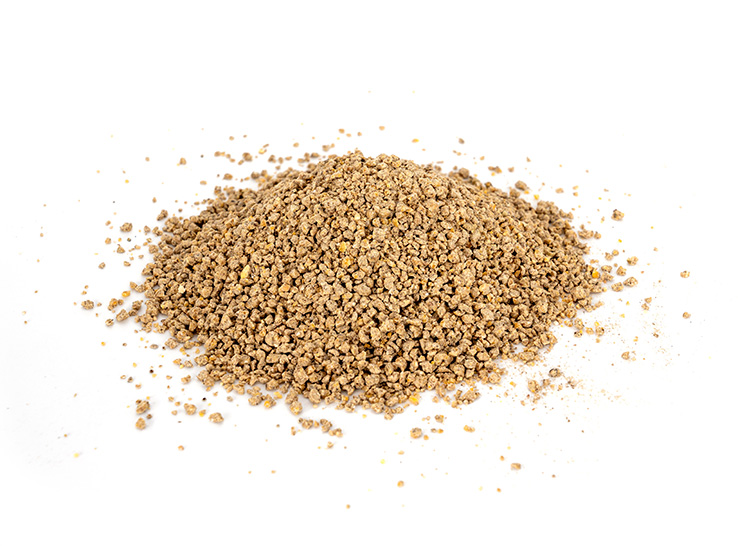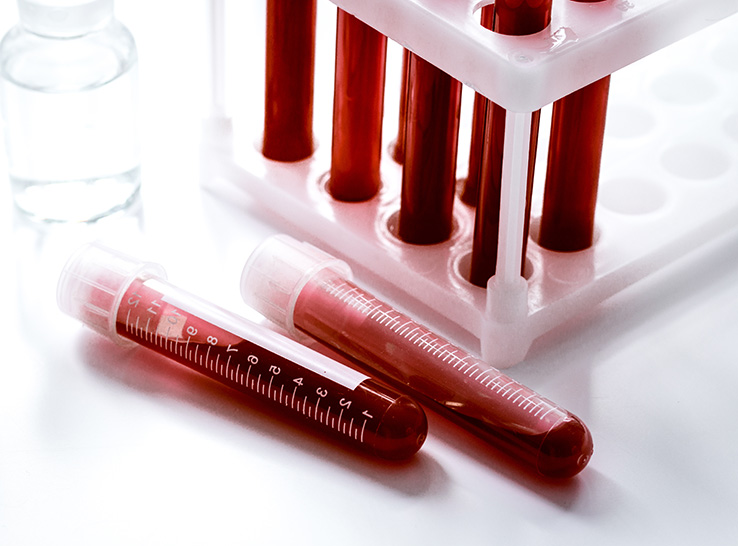Case report, part 1
For laying hens, bone health and eggshell development are critical aspects of lifetime productivity. Calcium supplementation can be beneficial, but when does it become too much of a good thing?
“Over the past 10 or 20 years, I, along with other layer veterinarians, have begged nutritionists to improve bone health and shell quality,” said Dan Wilson, DVM, Wilson Veterinary Company, at the 2024 American Association of Avian Pathologists meeting. “We gradually got them to increase calcium and phosphorus.”
The nutritionists were concerned about adding diet costs and the potential for kidney damage. In the end, the birds had an unanticipated response in some unique situations.
Wilson presented part I of a case report involving an egg-layer farm that developed a gradual cloacitis (vent gleet) manifestation that turned severe. Cloacitis is inflammation of the cloaca, characterized by symptoms such as cloacal discharge, foul odor from the vent and soiled vent feathers.
In part 2, Montana Oubre, DVM, technical services manager with DSM-Firmenich, analyzed blood biomarkers to identify any correlations to birds with cloacitis versus healthy birds.
The case study
Wilson didn’t start out with cloacitis in mind as he investigated a gradual decline in hen performance on a conventional egg-layer farm.
“Before 2020, this was somewhat of a flagship farm; it had very typical production results,” he noted. “These flocks started out well. They came in with good bodyweights and generally very good health.”
Over several years, nutritionists increased calcium and phosphorous supplementation to improve bone health and shell quality. For this farm, the supplementation produced “nearly perfect bone health,” he noted, “and the egg quality was nearly perfect with a high percentage “A” yield. You really can’t ask for more.”
After 2020, though, the farm saw a gradual decline in performance as the hens started to fall off past 50 weeks of age, dropping into the bottom percentiles for eggs per hen house. Bodyweight and muscle condition also declined for those hens and mortalities climbed, which prompted the investigation.
“Flock mortality seemed to spiral out of control week by week. Cumulatively, we lost a lot of birds,” Wilson noted.
The hens involved were Lohman LSL-Lite housed in a multiage conventional housing farm and fed typical diets.
“We chased a lot of different avenues for the exact mortality cause. We necropsied a lot of birds, and the mortality reviews were a mixed bag,” he said.
“We track mortality causes in the necropsy database, so we have a good handle on our normal mortality surveys, and nothing stood out.”
Mixed pathology
The mortality surveys revealed a wide range of issues, including vent trauma, vent damage and related manifestations from prolapse to vent pecking. Birds had dirty vents and what would typically be labeled as cloacitis.
“There also was a lot of miscellaneous reproductive pathology that connected to vent issues,” Wilson noted. “Some birds had vent trauma and were also egg-bound or had vent trauma with salpingitis (fallopian tube inflammation). There were also high rates of layers that were not passing eggs or follicles properly.”
Some birds were dehydrated. Others had general muscle wasting and were out of production or with regressing follicles.
“There was some occasional urolithiasis with kidney inflammation but almost zero that we would categorize as visceral gout,” he added. “These birds did not have a pecking pathology, but one thing that repeated in the surveys was varying degrees of vent inflammation.”
Feathers were commonly matted with materials such as exudate and urates adhering to the vent tissues.
Focus on cloacitis
Wilson dove deeper into the prospect of cloacitis for these birds. “Many terms are used when talking about vent pathology for the field veterinarian, but there’s not a lot of understanding by service people, house managers, nutritionists, management and even other veterinarians,” Wilson said.
“The terminology doesn’t always jibe because many organ systems merge in the vent area, like urinary, reproductive and enteric tracts.”
Adding to the challenge, according to Wilson, are compounding factors, such as those listed below:
- Lighting, which can contribute to pecking
- Kidney health with potential bronchitis issues
- Gut health
- Poor vent feather coverage, increasing the risk of pecking
- Excess egg size due to nutrition
“All these things combine, but which came first? It can be hard to determine the primary cause of vent pathology in layers,” he added. “Once the vent gets infected or inflamed, it seems to snowball, and the bird struggles to recover as it tries to lay an egg each day.”
Wilson noted three levels to categorize cloacitis severity:
- Mild: some reddening of the vent tissue, with soiled vent feathers
- Moderate: soiled vent feathers, with a red and inflamed cloaca
- Severe: ulcerative vent lesions, urate staining, a high amount of flushing and prolapses
Actions taken
To address the vent issues, Wilson and the company’s production team took a range of actions, including changing lighting and feeding strategies, examining gut health and related interventions to water quality and mycotoxins, and pursuing additional diagnostics and serology.
“The most consistent lesions we see are the cloacitis with ulceration of the left side of the urodeum as part of the cloacal anatomy,” he noted. “And the birds are overproducing and leaking urates.”
Still, questions remained about why the farm had so much cloacitis. “We did have an ongoing project with DSM, and Montana Oubre used blood biomarkers to build a deeper understanding.” (Read Part II of this series)
Although historically nutritionists were worried about the potential of kidney damage and adding costs to diets with increased calcium and phosphorus supplementation, the farm presented with nearly zero visceral gout and no obvious clinical manifestations in the kidneys, Wilson added.
Yet, with Oubre’s biomarker findings in hand, Wilson reduced the dietary calcium percentage in a stepwise fashion and continued to monitor shell quality. “We shifted away from prevention-calcium spike inclusions, which involve increasing dietary calcium and phosphorus levels temporarily to help restore bone health and shell quality periodically through the life span,” he noted. “We repeated the biomarkers to monitor the birds’ physiology changes.”
Reducing the overall calcium inclusion rates (from 4.8% to 4%) produced an expected large cost savings. So far, in flocks at the farm where the diet changes have been made, the cumulative mortality in flocks that are 50 and 55 weeks of age has improved, as has the hen-day percent production.
Some flocks are still not above productive standards but are showing improvements. “Another flock is doing quite well and nearly on standard for eggs per hen housed, so we’ll take that,” he said.
Lessons learned
Wilson’s take-home message from the case study is that the US egg industry needs to better understand vent pathology.
“We need to listen to nutritionists and be willing to admit when we ask for too much of a good thing. In this case, it was calcium,” he added.
He advised layer veterinarians to think about cloacal inflammation-type pathology — that it could be underestimated — as a warning sign of calcium overage and consider the resulting late-lay mortality trends.
“We should not rule it out simply because the kidneys appear okay or we don’t see any visceral gout in the mortality survey,” Wilson concluded.






